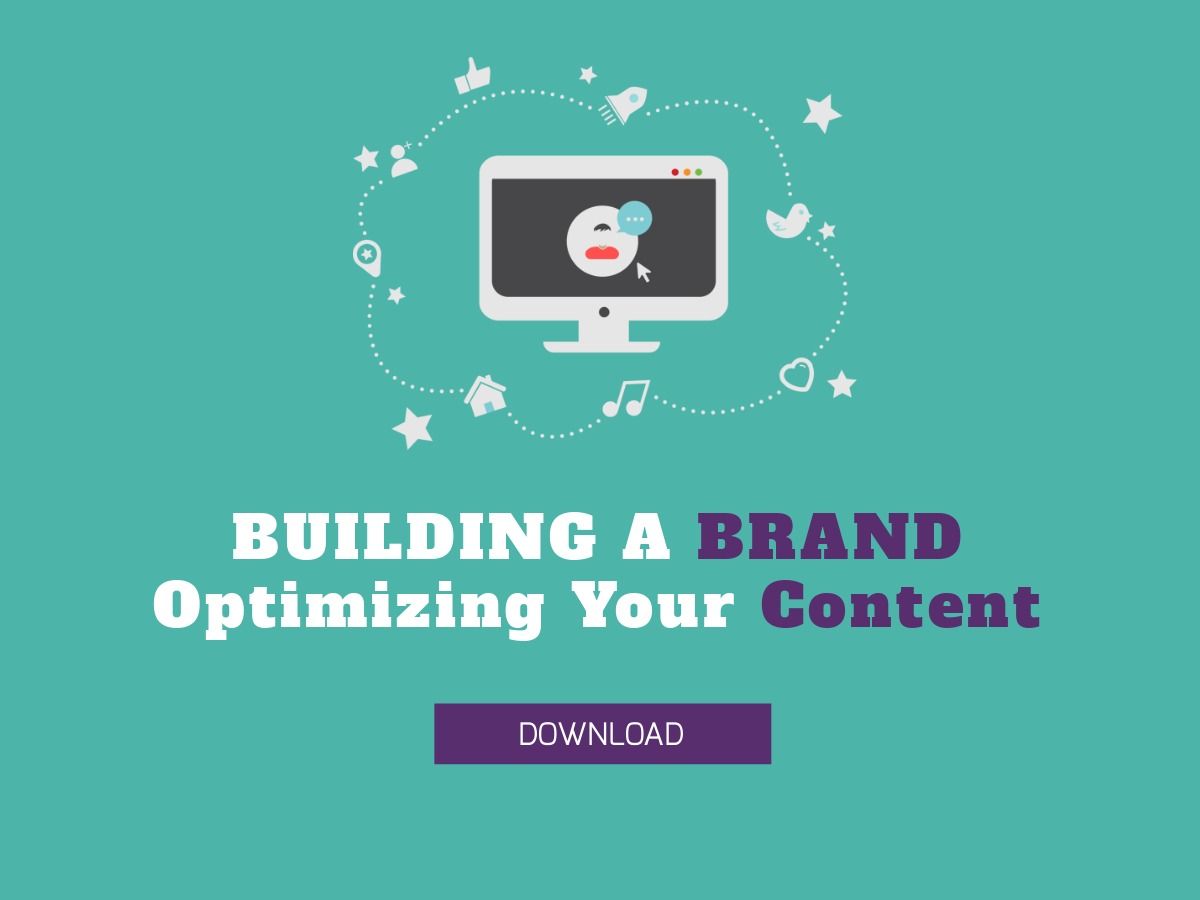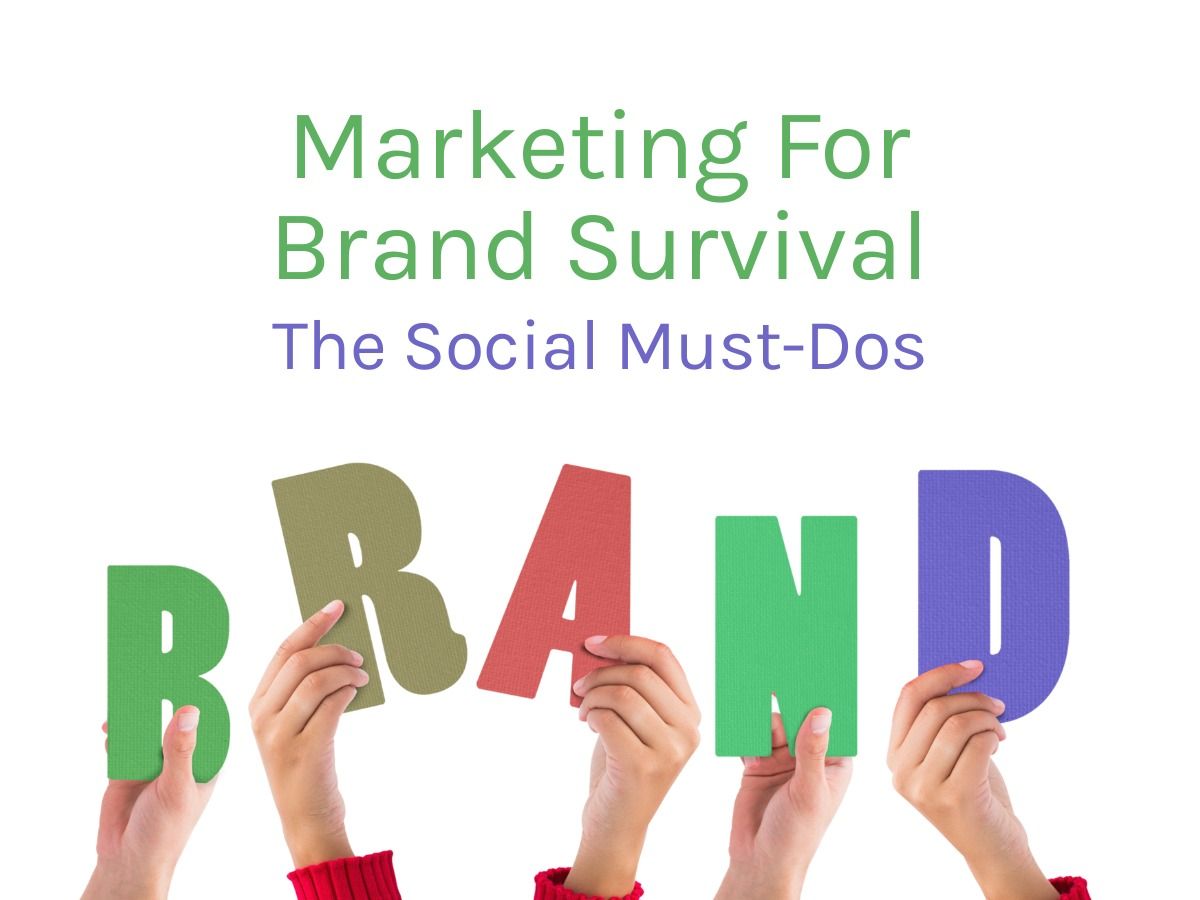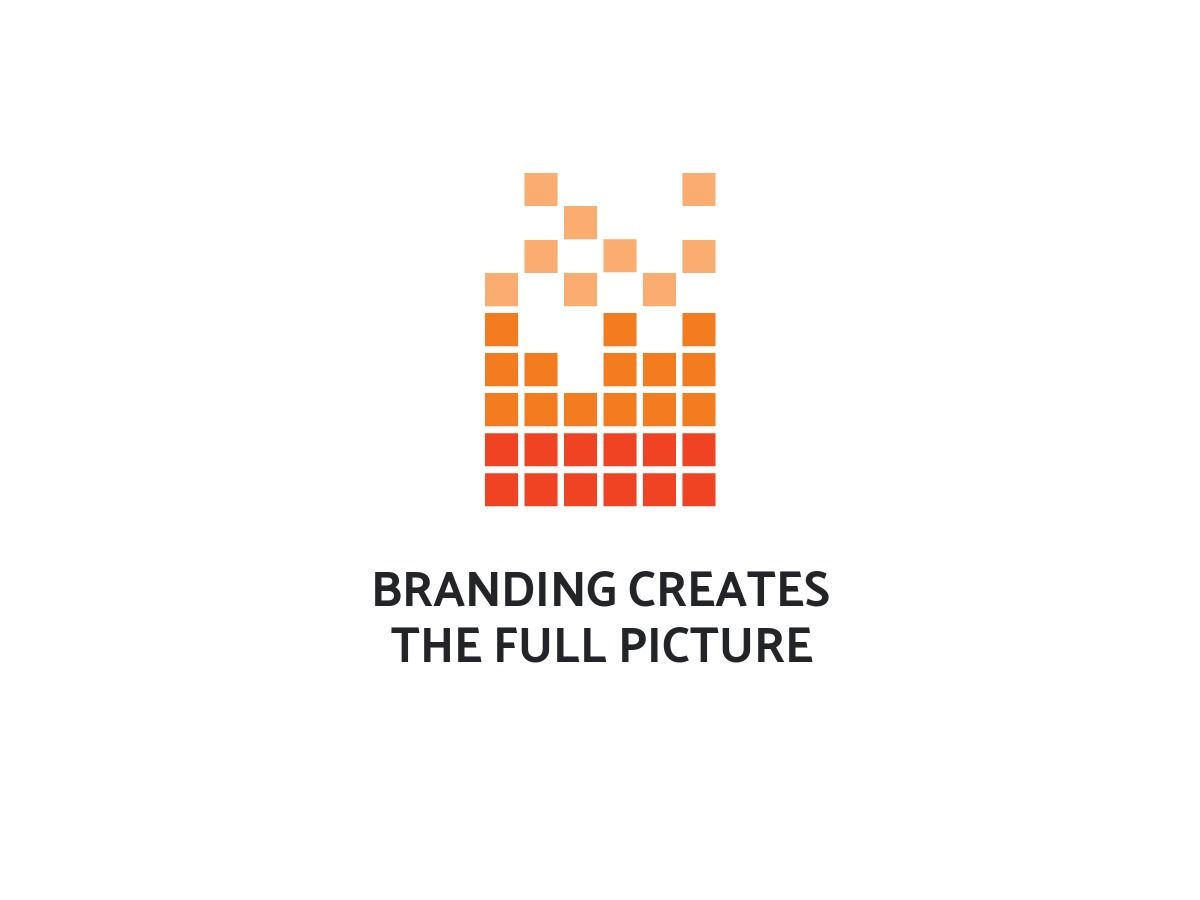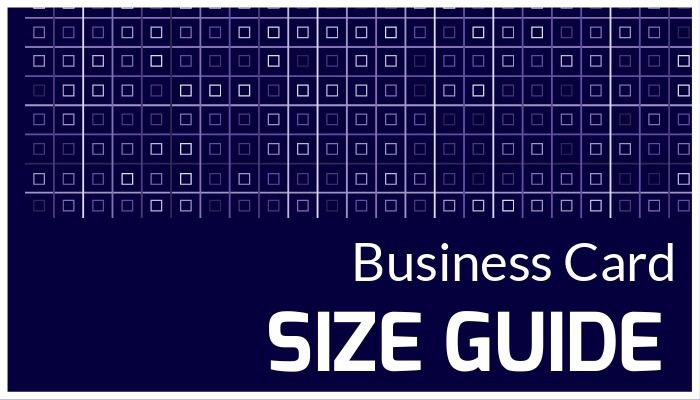Throwing together a few logo ideas and a slogan is not creating a brand strategy. Not properly at least. So, what exactly is branding? And how do you create a solid brand strategy?
Developing a solid branding strategy involves lots of research, understanding your audience, and brainstorming ideas. Your brand is who you are. It is what separates you from competitors and thereby makes you unique. This is hugely important—cultivating a well-thought-out, dynamic branding strategy could mean the difference between success and failure, and that is not an overstatement.
Table of contents:
- ● Understanding Importance of a Brand Strategy
- ● Understand the objective of your brand strategy
- 1. Understand Your Overall Business Plan Inside-and-Out
- 2. Define your audience
- 3. Craft Your Brand Messaging
- 4. Developing Visual Identity and Packaging Your Brand
- ● Establish your brand presence
Understanding Importance of a Brand Strategy
Understand without question that having a brand strategy in place is essential. No marketing plan is going to work without a well thought out brand strategy. That target audience and market needs to know why they should care about your company.
Your brand heart here is not simply going to be about what you sell or offer. There has to be impactful messaging involved tied together with a memorable visual identity. What can your brand convey that might make you even more attractive to the audience you’re targeting? Are you about a bigger cause, for example? Do you implement sustainable practices? This can be a huge part of your brand messaging and thereby attract a certain segment of the population.
Understand the objective of your brand strategy

In a nutshell, your brand strategy objective is about getting the right message to the right people and doing so in the most efficient and impactful way possible. More specifically, a brand strategy’s objectives can be broken down into three objectives, and are more or less the same from company to company.
Your brand strategy should:
- Create identification and brand awareness.
- Guarantee a certain level of quality, quantity, and satisfaction of a product or service.
- Help in the promotion of the product.
Following this 4 step guide will not guarantee you a successful brand strategy, that’s on you! As it suggests, it’s a guide, and it’s main aim is to get you thinking along the right path to crafting and developing your brand strategy.
1. Understand Your Overall Business Plan Inside-and-Out
Before you launch into the nitty-gritty of your branding strategy and development, you need to have a solid business plan and overall strategy in place. Understand at length the goals and milestones of your business. Make sure you have done sufficient market research before getting ahead of yourself and start thinking about your slogans and logos, or what the homepage of your website is going to look like. All in good time.
What is your value proposition? Have you done sufficient market research around your product and service? You need to be crystal clear on these things. If you do not have a clear understanding of your overall goals for your firm, you need to do so before going any further, for everything in your branding strategy will stem from it.
2. Define your audience

This goes hand-in-hand with defining and understanding your overall business strategy and doing your market research. However it’s worth reiterating the importance of understanding your audience very well. Your audience is what wilk will shape your brand strategy more than anything else.
A sound brand strategy is one that speaks directly to a defined group of people with a common interest or need – your audience. To define a target audience you need a clear understanding of who they are, and what they want. What are their problems, and how can your product or service help them? Where do they find their information? What age demographic are they? Are they mostly male or female?
Target audience research
In-depth research here is critical. This should in part, have been covered from the very beginning of planning your business model. You may already have a rough idea of who your audience is, but now it’s time to delve deeper. Put some time aside for your research, focus groups, surveys and reading. You may have an unbelievable product or service at hand, but without knowledge of who your audience is, or where they are, it will be all for naught.
Don’t make sweeping demographic assumptions
A common mistake so many businesses make at the beginning and in the planning phase is making blind and sweeping assumptions about who their target audience is. While some assumptions will be necessary, generally speaking the less, the better. If you go completely off track at the audience definition stage, your business is most likely going to to fall flat in the marketplace. While you are not likely to hit a bullseye straight-off-the-bat with your audience targeting, getting as close as possible with careful places consideration, and educated guessing is what you should aim for. From here, you can continually refine your audience targeting as your company develops.
Make data driven decisions where possible
As mentioned above, some assumptions will have to be made. However, try and accompany those assumptions with as much data and research as possible. While you may not have hundreds of different resources to pull from, a few basic level areas you can start with are to:
Gather information on your audience through analytics. If you already have a website and have been generating traffic to the website (or your social media channels) you can use analytics to get a better idea of who is already viewing your content. There are a variety of avenues that you can use to get key demographic info. You want to specify an age range, income level, geographic location, and interests/hobbies if at all possible, among other factors. The more data you can gather, the stronger the brand strategy becomes.
Conduct user surveys. Straight and to the point. Going directly to the sources, you can find out more about that audience simply by asking them, this then will let you finetune your approach to branding.
Keep tabs on Social Media. Your social channels and social network in general are great resources when it comes to defining your market and audience. Look at the comments, pay attention to what people post. These are great indicators of audience behaviors and likes, such that can go a long way toward building your brand.
Develop a buyers persona
Now that you have a wealth of information around who your ideal customer might be, you should consider creating a buyers persona. To understand your audience on a more granular and personal level, it is very worthwhile creating a number of these personas – again, constantly refining as your company develops and as you draw on more data. In marketing, personas are made through combining research and assumptions about who your ideal customer is. Doing so makes it easier to relate to some of the more intricate details of the possible reasons for purchasing, or possible objections to doing so. Once you have a solid understanding of how your audience might think, and where they might find their information, it is much easier to relate to them, and therefore craft a compelling brand message.
3. Craft Your Brand Messaging

Once you have your business goals and objectives laid out, and your audience researched and defined, it’s time to start thinking about brand messaging. A good brand message is a culmination of your unique value proposition and your target audience’s characteristics – your buyers’ persona.
In conveying this message to your target audience, what do you want them to walk away knowing about you? What emotional response do you want to elicit from your slogan, or perhaps your company philosophy? How are you going to make sure the brand message and brand heart (the core of your brand) are consistent across the board?
Hopefully, by now, after defining your audience and developing brand personas, your brand messaging should come more naturally.
Develop your company’s brand essence
Another good few brainstorming sessions are going to be needed for your brand essence. Your brand essence is a set of key brand messages or phrases that captures the very nature (or heart) of what your brand has got to offer. These should be some of the more elements of your brand, or even some of the values your brand holds. Your brand essence is key in setting you apart from your competitors.
Also called a brand heart, your brand essence is essentially a distilled down version of the brand itself that will serve as the basis for building out the brand as a whole. It is the core of who you are. So again, you need to spend some time and really think about what you want this brand to be about. After all, it should be a prominent part of every marketing campaign you have—from social media efforts, to web design, to more physical assets.
Think about what makes your company unique
Okay – there may not be anything truly unique about your company, other than the amazing quality and standard of your service or product – so just make sure to highlight that in your strategy. However, if there is something that clearly sets you aside from the rest, how do you convey this?
It doesn’t have to be strictly a product-centered or service-centered brand strategy. When it comes to branding, this can be a common mistake. Not thinking about the bigger picture as far as the brand heart. What about you really is different? What about you could be a selling point that you may not have thought of? Dig deeper when devising an overall brand strategy.
4. Developing Visual Identity and Packaging Your Brand

Your visual identity is another crucial aspect of your overall branding strategy. Your voice should be on point, your tone and messaging are key, but overall, people are looking first. They identify your brand when they see elements they know to be part of who you are. Some of the visual pieces to your brand strategy puzzle include:
Company logo
This is really in many ways the centerpiece of your brand. Make sure it reflects your personality while still conveying that brand essence. The logo is almost always, without fail, the first thing a consumer will associate with your brand. Make sure it is one you can be proud of.
Brand Colors
Generally speaking, there will be a consistent color palette associated with any good branding strategy. Again, this goes toward helping make your product/company that much more recognizable to the consumer.
Graphics and Images
Certain design elements will play a large role when it comes to how you brand. You may opt to incorporate images and photos as part of your brand scheme. This helps create a more compelling visual identity.
Typography
The style of lettering is also something to keep in mind. This is where a Brand Toolkit comes in handy, as it helps you more easily align all relevant elements as you set about crafting that brand.
Establish your brand presence

It’s time to put that brand essence to good use. From the company logo to the color scheme, and brand messaging, what is the best way to go about ensuring you get the maximum value from your various brand components and marketing collateral?
Your Website and Social Media
Here is perhaps where you’re going to get the biggest bang for your brand buck. All social media efforts should somehow tie back into that brand. Be it a YouTube channel with your logo prominent or a Facebook post that incorporates key brand messaging, make sure that you are always thinking back to the brand. And of course, website design should definitely align with all brand components. When a user hits your site, start to finish that consumer journey should highlight your brand heart.
Facebook post that incorporates key brand messaging, make sure that you are always thinking back to the brand. And of course, website design should definitely align with all brand components. When a user hits your site, start to finish that consumer journey should highlight your brand heart.
Signage
Facebook post that incorporates key brand messaging, make sure that you are always thinking back to the brand. And of course, website design should definitely align with all brand components. When a user hits your site, start to finish that consumer journey should highlight your brand heart.
Facebook post that incorporates key brand messaging, make sure that you are always thinking back to the brand. And of course, website design should definitely align with all brand components. When a user hits your site, start to finish that consumer journey should highlight your brand heart.
Business Cards
Facebook post that incorporates key brand messaging, make sure that you are always thinking back to the brand. And of course, website design should definitely align with all brand components. When a user hits your site, start to finish that consumer journey should highlight your brand heart.
Facebook post that incorporates key brand messaging, make sure that you are always thinking back to the brand. And of course, website design should definitely align with all brand components. When a user hits your site, start to finish that consumer journey should highlight your brand heart.
Packaging
Facebook post that incorporates key brand messaging, make sure that you are always thinking back to the brand. And of course, website design should definitely align with all brand components. When a user hits your site, start to finish that consumer journey should highlight your brand heart.
Company Apparel
Nothing is safe from your brand design—even your clothes! Having a little branding fun with ball caps, t-shirts, sweatshirts even accessories like sunglasses is a highly useful way to put those brand components to work. You get a little more exposure, increase brand awareness, and your team gets some free stuff—win-win.
Vehicles
Company cars get around. And this is exactly why wrapping your company vehicles in the colors of your brand and utilizing the logo to this end can be a great brand strategy. You could also invest in highly affordable magnetic signage for company cars and convey your message that way.
There are countless ways and places where you might incorporate certain elements of your brand. The key is that it has to be memorable.

Together, your brand messaging and visual identity serve to:
Offer greater clarity. And this goes not only for what your company/business is all about but also in terms of how your brand relates to people’s lives. In other words, how does your brand benefit them?
Support your marketing and social media campaigns. Without a definitive brand in place, your marketing and advertising as well as social media efforts are basically directionless. The brand is what brings everything together and helps solidify your identity within that target market.
Helps build a customer base. Brands attract customers, good brands that is. And once you get that customer it is all about ensuring a satisfactory consumer journey, start to finish. Again, brand messaging and brand voce will come into play here.
Reveals your company’s DNA. Using your brand toolkit, you want to show every facet of who you are, on all relevant channels, materials, and signs. This is the company stripped down to the important components. Social media, Facebook, website, printed materials, trade show requirements, business cards, your logo, when taken all together these are what you represent.
Brand Consistency
So you have what you think is the ideal branding strategy. You’ve defined your brand and worked hard on constructing a brand city that you and your team are happy with. From here on, ensure you stay on-brand, and maintain consistency across all platforms. Then, you will have a truly powerful brand.

anne carson
Anne is a former English professor turned content writer. Holding a PhD in Literature, she spent almost a decade in academia putting that degree to use, until finally realizing it wasn't exactly the best fit. A full-time writer, she's learned a great deal about the numerous subjects. She knows a lot about design trends and design templates. A mom of five (two teenagers and three dogs).


